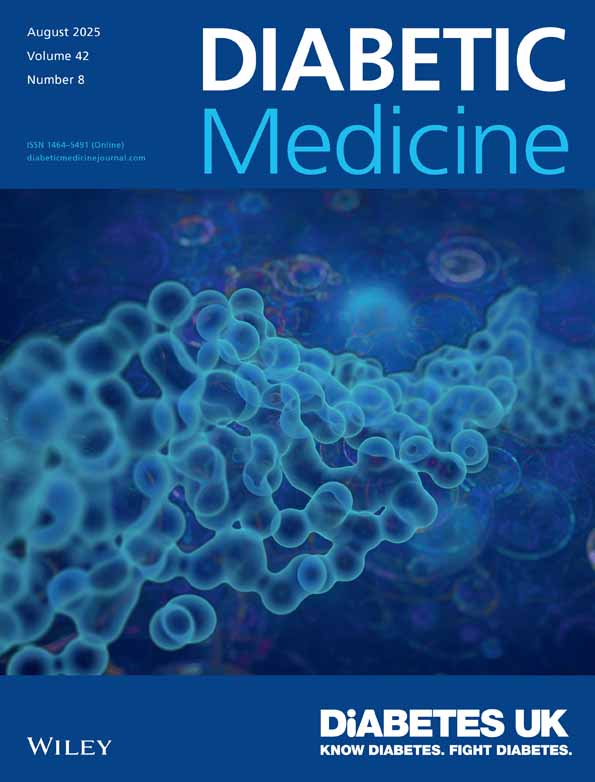Pramlintide: A Human Amylin Analogue Reduced Postprandial Plasma Glucose, Insulin, and C-peptide Concentrations in Patients with Type 2 Diabetes
Abstract
In order to determine the influence of a 5 h infusion of pramlintide compared to placebo on postprandial glucose, lactate, insulin, and C-peptide concentrations in patients with Type 2 diabetes, a single-blind, randomized, cross-over study was conducted in 24 patients; 12 treated with exogenous insulin and 12 managed with diet and/or oral hypoglycaemic agents. One hour after initiation of infusion, patients consumed a Sustacal® test meal. The protocol was repeated on the following day with each patient receiving the alternate study medication. Pramlintide infusion in the insulin-treated patients resulted in statistically significant reductions in mean glucose, insulin, C-peptide, and lactate concentrations during the 4-h period after the Sustacal® test meal. Pramlintide infusion also resulted in significant reductions of mean insulin, C-peptide, and lactate concentrations, but not glucose concentrations, in the patients treated with diet and/or oral hypoglycaemic agents. Within this latter group, reduction in postprandial glucose concentrations in individual patients correlated with glycated haemoglobin values. These results suggest that administration of pramlintide may improve glycaemic control in patients with Type 2 diabetes treated with insulin or poorly controlled on diet and/or oral hypoglycaemic agents. © 1997 John Wiley & Sons, Ltd.




